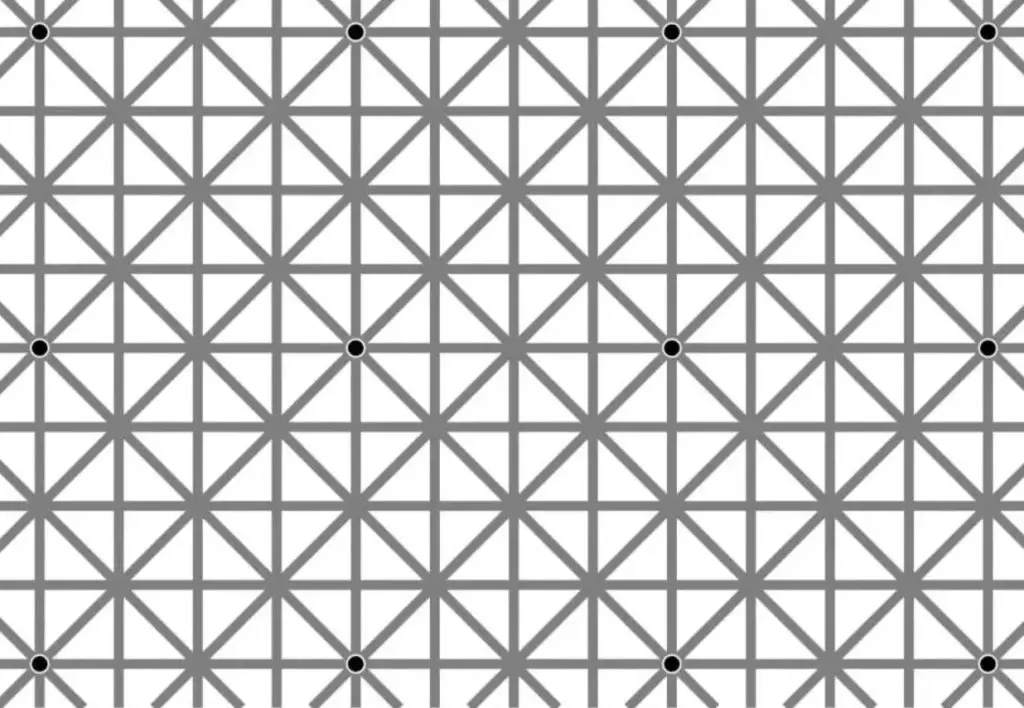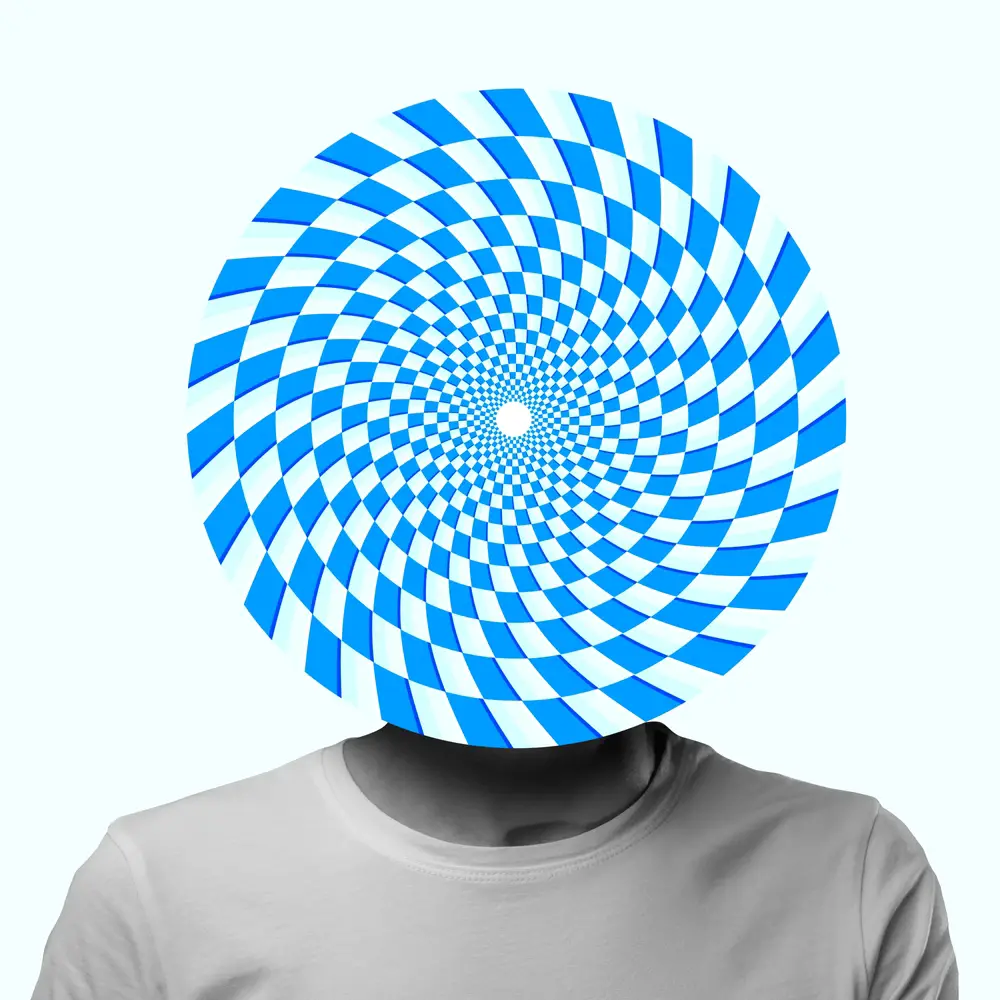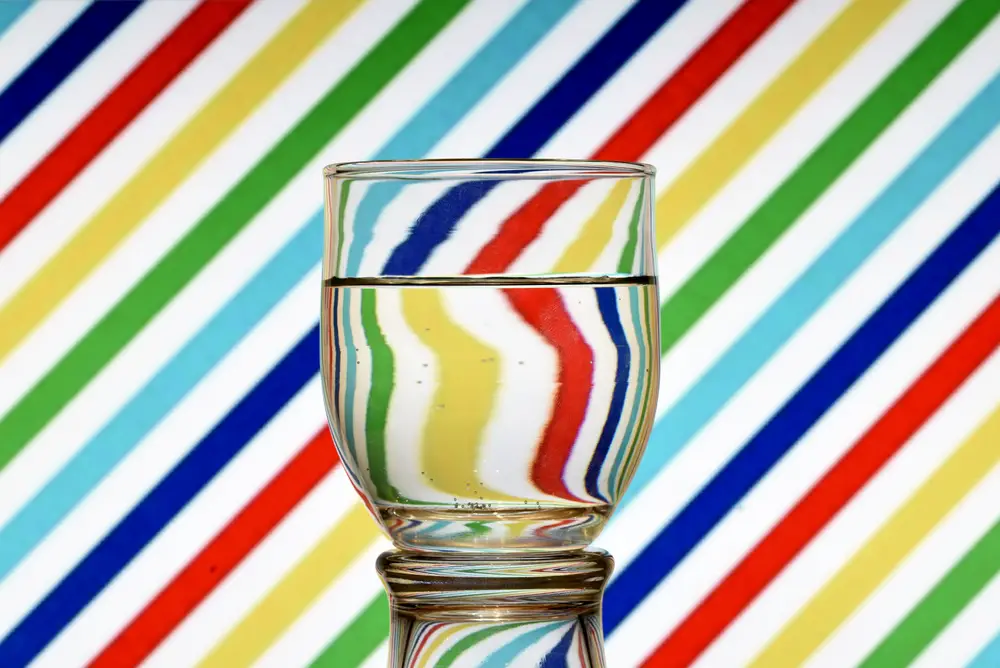Only the sharpest minds can spot the second horse in 10 seconds—can you?
Optical illusions have long intrigued people, serving as both a source of amusement and a mental workout. Some enthusiasts even believe that the ability to solve these visual puzzles correlates with higher intelligence.
One particularly challenging brain teaser involves a horse and is said to be solvable only by those with keen observational skills.
Solving the Horse Optical Illusion

This optical illusion presents an image of a full-grown brown and white horse. The challenge is to find a second horse within the picture. However, the twist lies in the nature of the solution: there is no second horse. Instead, the word “horse” is cleverly hidden in the animal’s glossy coat, requiring the viewer to think creatively and beyond the obvious.
A Different Perspective on Brain Teasers
The horse optical illusion is difficult for many because it subverts the typical expectation of finding another horse. Instead, the solution requires recognizing a word hidden within the image. Optical illusions vary widely, testing skills ranging from mathematical and logical to purely observational. This particular illusion demands acute attention to detail and lateral thinking.

Popular Optical Illusions and Their Impact
Optical illusions are not only entertaining but also beneficial for brain health. They engage the prefrontal cortex, the brain region responsible for problem-solving, decision-making, and concentration. Solving these puzzles can enhance cognitive functions and even stimulate the release of dopamine, a neurotransmitter linked to mood regulation and improved memory.
Hidden Animals and Color Perception

In 2019, Dr. Michelle Dickinson, a nanotech engineer, shared an optical illusion that required viewers to identify a faintly visible animal. A helpful tip for spotting the animal was to shake one’s head, which could bring the image into focus.
Similarly, Dr. David Novick, a professor at the University of Texas, presented a colorful optical illusion in 2018. He challenged viewers to determine the number of colors in a set of circles. Although the circles appeared to be different colors, they were all the same, with the surrounding lines creating the illusion of variety. This illusion demonstrated how context and perception can influence visual interpretation.
The Disappearing Dots Illusion

Another notable optical illusion features 12 dots that seem to vanish when viewed within a grid of lines, squares, and triangles. This phenomenon, described by researchers J. Ninio and K. A. Stevens, illustrates how our visual system can be tricked by contrasting patterns and outlines.
The Cognitive Benefits of Optical Illusions

Research has shown that engaging with optical illusions and brain teasers can strengthen the prefrontal cortex, enhancing problem-solving abilities, decision-making skills, and concentration. Additionally, the act of solving these puzzles triggers dopamine release, which not only elevates mood but also improves memory and focus.
Understanding Different Types of Intelligence

It is important to note that difficulty in solving the horse optical illusion does not necessarily indicate lower intelligence. According to a Harvard psychologist, intelligence is multifaceted, encompassing spatial, linguistic, logical-mathematical, and intrapersonal abilities, among others. A study published in 2021 by the National Library of Medicine (NLM) found that the mental challenge and stress experienced while solving brain teasers can have positive effects on attention and cognitive function.
In conclusion, optical illusions offer more than just visual delight; they provide a valuable exercise for the brain, promoting cognitive health and showcasing the diverse nature of human intelligence.





